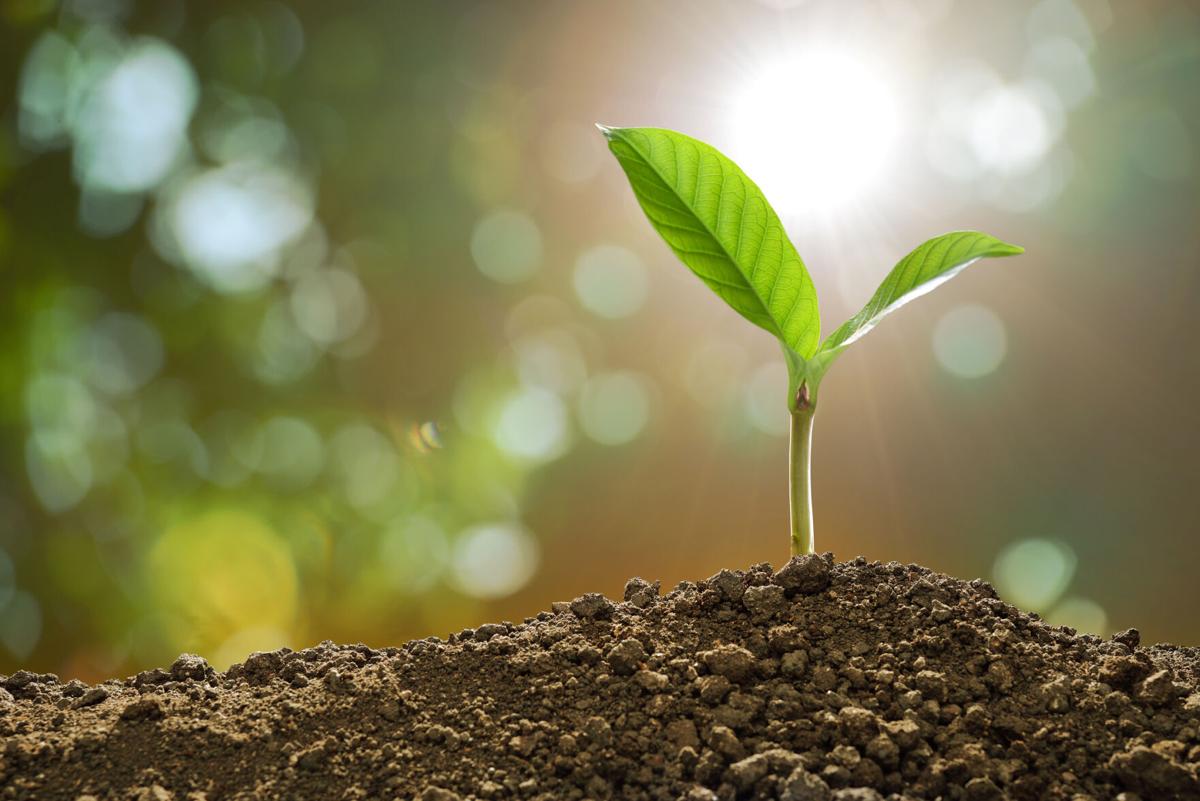You’re walking through your garden, checking your plants, and you see one that’s out of place. It’s popped up out of nowhere, and now is growing happily in your garden. It’s a self seeder, a volunteer plant. What do you do?
Some volunteer plants are what we would call weeds. But what is a weed exactly? Merriam-Webster defines a weed as “a plant that is not valued where it is growing and is usually of vigorous growth, especially one that tends to overgrow or choke out more desirable plants.” In your garden, that type of plant may not be desirable. But what if your volunteer is a native plant that has some intrinsic worth?
I have a fairly generous policy towards plant volunteers in my garden. If they are native and something I would potentially plant, and aren’t growing in a particularly bad spot, they get to stay. This results, inevitably, in a rather messy garden — but that’s fine by me, as I like the cottage garden aesthetic. I like my gardens a bit messy and unplanned, so tolerating volunteers fits right in with my preferences. On the other hand, if you have a very regimented garden with clean lines and a very specific set of plants, volunteers may not be your thing.
The key step in the decision-making process is identifying the plant in question. Figure out what it is before you decide to pull it or keep it. Once you know what you’re looking at, you can make an informed decision based on a number of factors:
- Is this a native plant? Non-natives that spread easily without human intervention are a potential danger to our ecosystems and should be destroyed.
- Will it spread easily in my yard and be a nuisance? Even native plants can be a nuisance if they choke out others or spread too readily.
- How large will it get? Knowing this is key to deciding the next question.
- Is it growing in a good spot? If the volunteer is growing in a problematic spot, you can try to dig it up and move it.
- Does the plant have other benefits? Examples include wildlife habitat, beautiful shape or form, flowers, berries, etc.
- Does the plant have any negatives? You may not want plants with large thorns or ones that produce lots of allergens, for example.
There are a number of ways you can identify a plant. You can take some photos and share them with fellow plant lovers, for example on social media. Chances are at least one person will know what it is. Take photos of the leaves, seeds or flowers (if any) and the general form of the plant. You can also get plants ID’d on INaturalist (inaturalist.org), a great app that I highly recommend for anyone interested in the natural world.
If you like figuring things out on your own, Audubon has a ZIP code-based native plant database; you can also do an image search on Google or of the USDA plant database. A good local resource for identifying plants is SEINet. You can identify invasives with this helpful guide from the Pima County Extension Office.
The advantages of native volunteers are many. For one thing, they are growing in a good spot for that plant, otherwise that seed wouldn’t have germinated on its own without any help from you. Chances are they will grow into a happy, healthy plant. For another, they’re free. I’ve had volunteers pop up that would have cost me $30 at a nursery to buy. Thanks, little guys. If they’re native, they also provide habitat or food for local wildlife. A more esoteric advantage is that they encourage me to get to know the plants in my yard better, help me polish my plant identification skills, and to learn about plants I may not have known about otherwise. I look at volunteers as a gift from my garden; a reminder that I and my garden are connected through growing living things.
It looks remarkably similar to oxygen breathing in other species.





